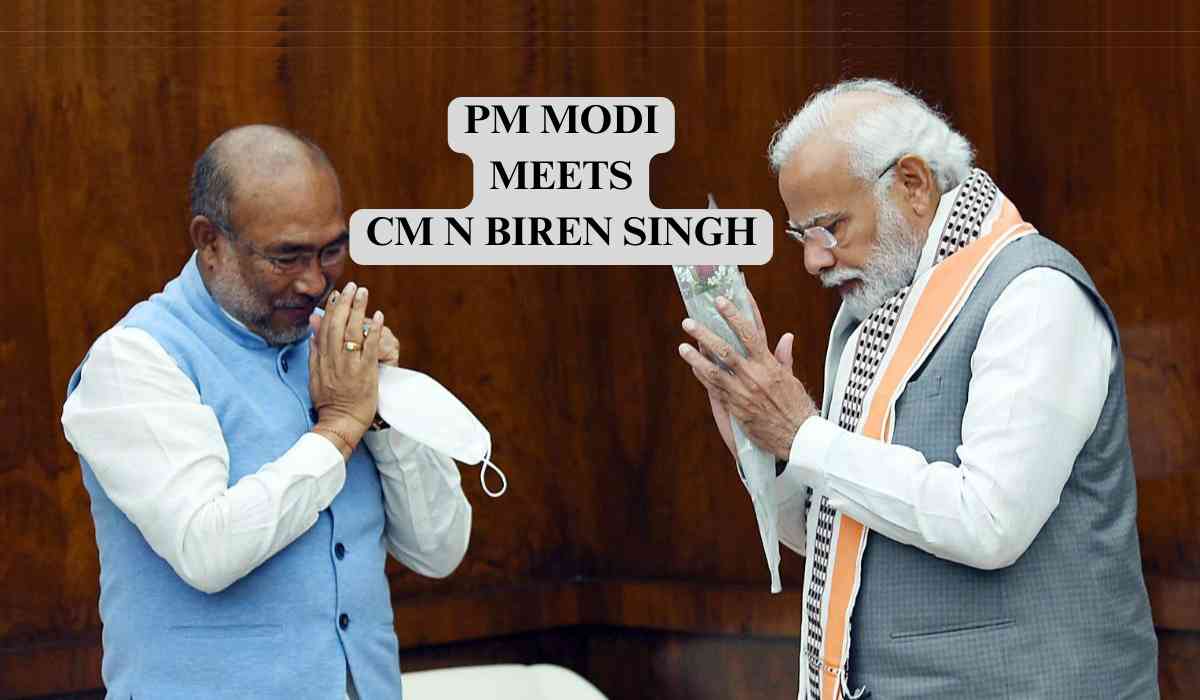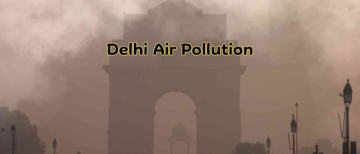On Sunday, Prime Minister Narendra Modi engaged in a significant one-on-one meeting with Manipur Chief Minister N Biren Singh. This interaction marked the first direct dialogue between the two leaders since the onset of severe ethnic tensions in Manipur approximately 18 months ago. The meeting, held at the Bharatiya Janata Party (BJP) headquarters in Delhi, lasted about 15-20 minutes and was attended by Union Home Minister Amit Shah and Defence Minister Rajnath Singh.
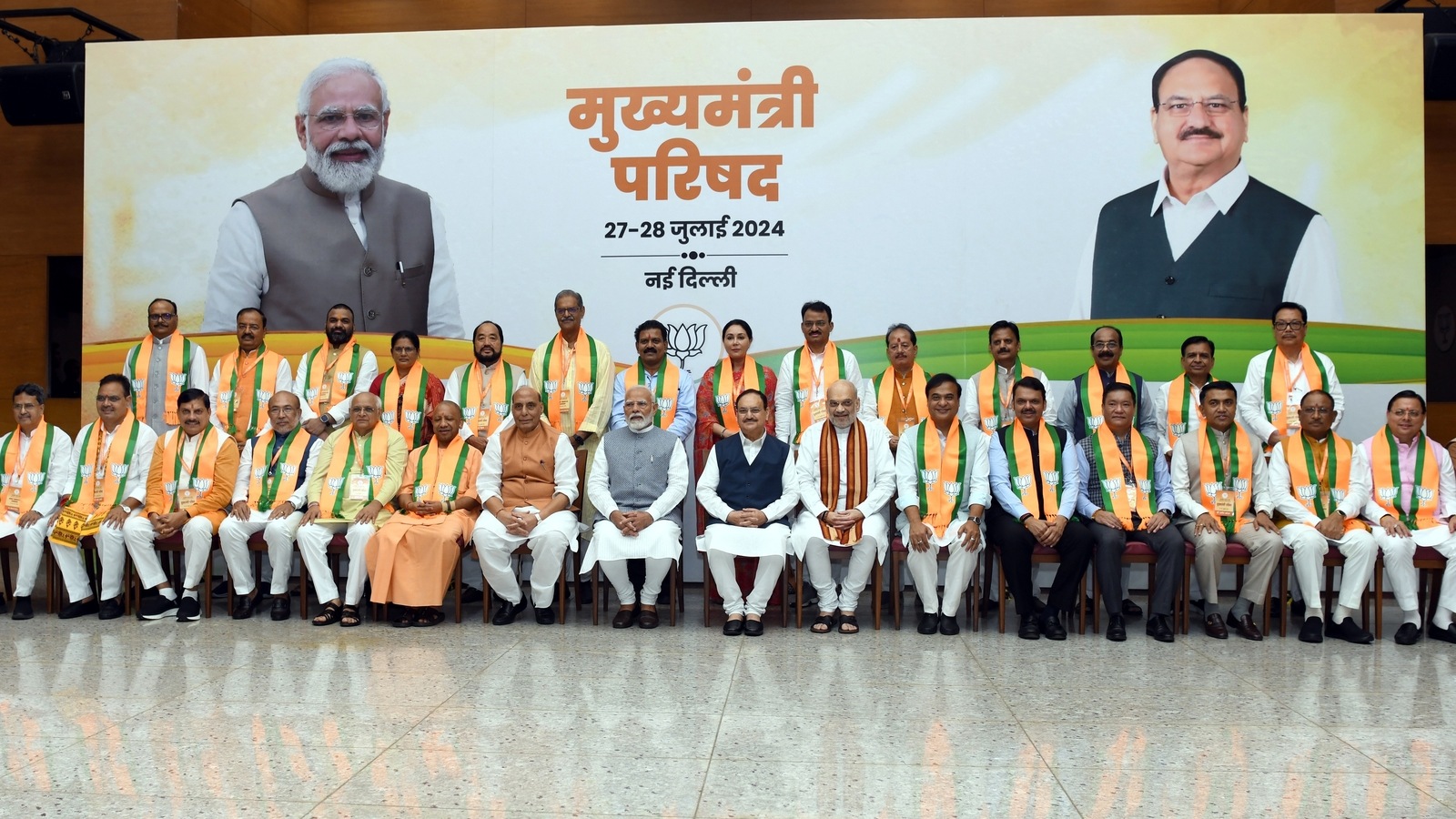
Context of the Meeting
-
Background of Ethnic Tensions
Manipur has been grappling with intense ethnic violence since May 2023, resulting in at least 225 deaths and the displacement of nearly 50,000 people. The conflict primarily involves the Kuki and Meitei communities, which remain largely segregated under heavy security. Despite a decrease in the frequency of clashes, the situation remains volatile and unresolved.
-
Political Pressures and Criticisms
The timing of this meeting is notable, as it coincides with heightened political scrutiny and criticism directed at the BJP's handling of the Manipur crisis. Opposition leaders have been vocal in their criticism, particularly targeting Prime Minister Modi for his perceived silence on the issue. During a recent Lok Sabha session, calls for ‘justice for Manipur’ from the INDIA bloc leaders disrupted Modi’s speech, reflecting the mounting pressure on the BJP.
Congress has also criticized the Chief Minister's private meeting with Modi, questioning the transparency and effectiveness of their discussions. Congress leader Jairam Ramesh highlighted public concerns about whether the meeting addressed the root causes and ongoing impacts of the violence that erupted in May 2023.
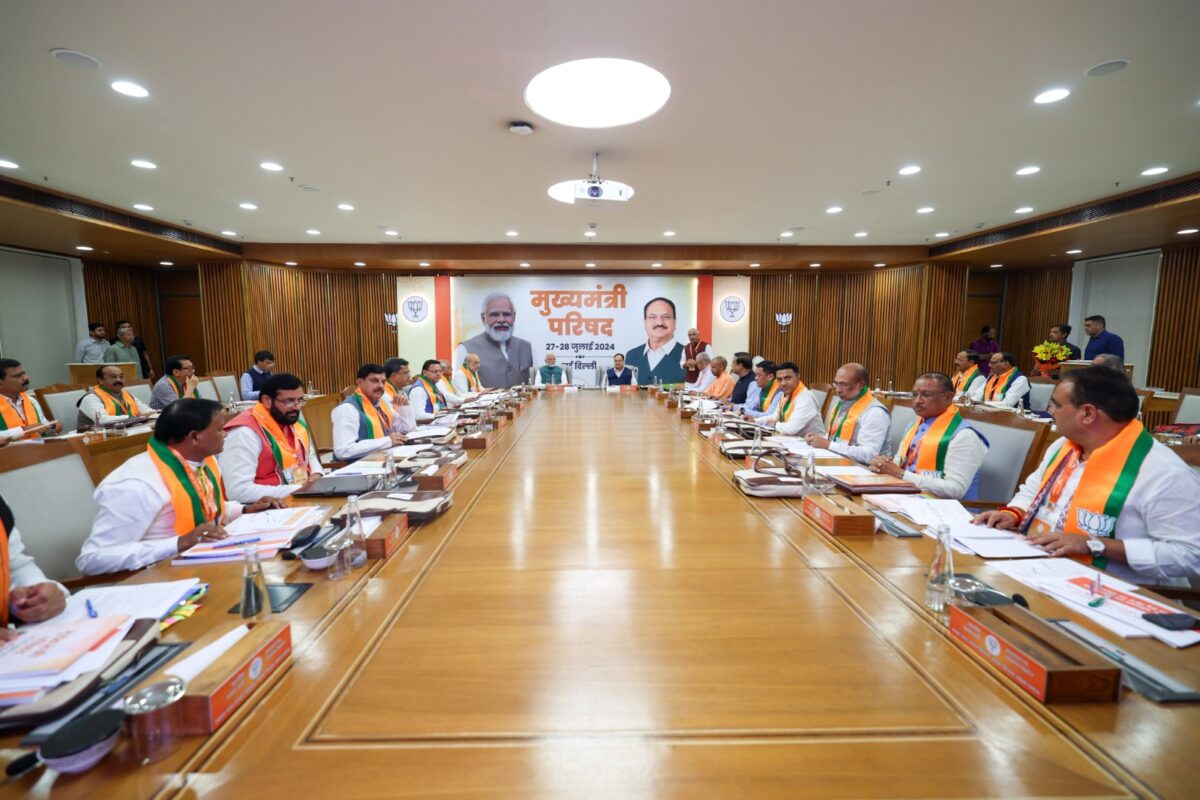
Broader Political and Administrative Context
-
BJP Chief Ministers’ Conclave
Singh’s visit to Delhi was part of a broader two-day conclave involving BJP chief ministers. The conclave focused on the party’s “Viksit Bharat” (Developed India) agenda, emphasizing the need for increased cooperation between central and state governments to achieve development goals by 2047. This gathering also underscored the government's push for enhanced implementation of central schemes at the state level.
-
Meetings with Other Leaders
During his visit, Chief Minister Singh also met with other senior BJP leaders, including party president JP Nadda and various Union ministers. These discussions were part of the larger agenda to align state and central government strategies with the BJP’s development goals. Despite the significance of the meetings, no photos or detailed accounts of the conversation between Modi and Singh were released to the public.
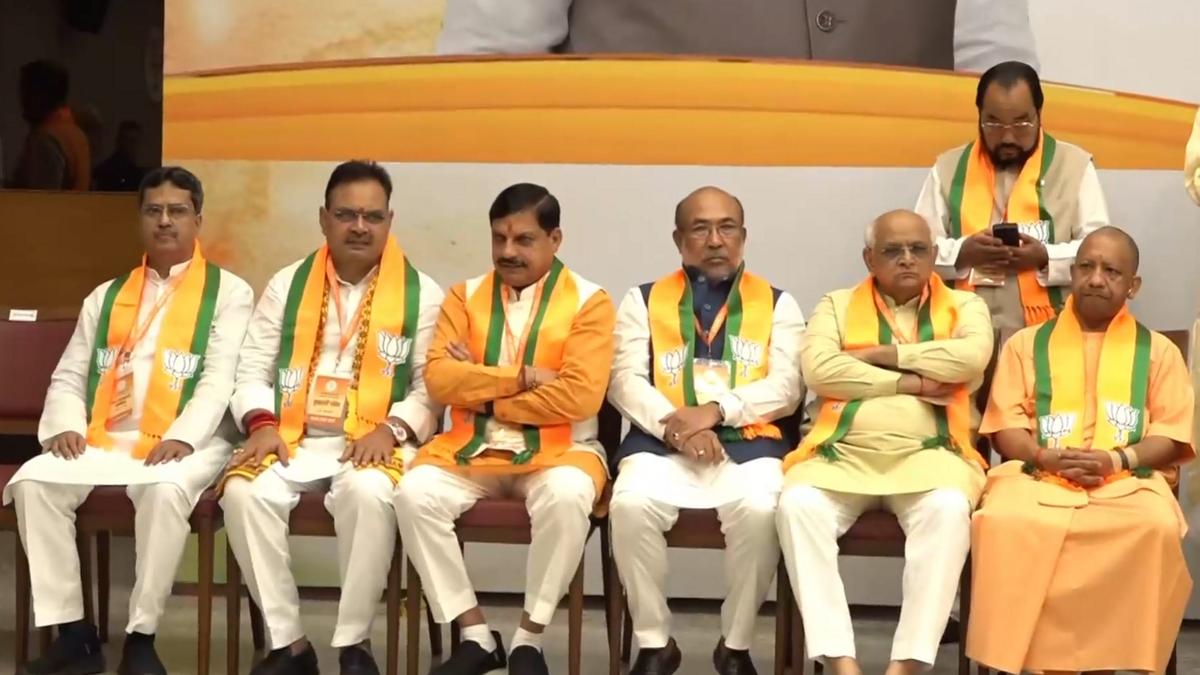
-
Saturation of Central Schemes: Modi emphasized the need for states to fully implement central schemes without altering their fundamental designs.
-
Public Participation in Development: The Prime Minister highlighted the importance of involving citizens in welfare measures and ensuring that India achieves its target of becoming a $5 trillion economy.
-
Communication Strategy: The conclave addressed the necessity of effectively conveying development projects to the public through various media, including social media platforms.
-
Tourism and Employment Initiatives: Discussions included promoting tourism and creating job opportunities through innovative projects, such as home-stays.
-
Education Policy Implementation: Union Education Minister Dharmendra Pradhan outlined the role of states in executing the New Education Policy, indicating a focus on educational reforms.
Prime Minister Narendra Modi's meeting with Manipur Chief Minister N Biren Singh represents a crucial moment in addressing the ongoing ethnic tensions in the northeastern state. While the dialogue highlights the government’s engagement with the crisis, the broader political and administrative context reflects ongoing challenges and criticisms that will likely continue to shape the discourse around Manipur's situation.
With inputs from agencies
Image Source: Multiple agencies
© Copyright 2024. All Rights Reserved Powered by Vygr Media.

